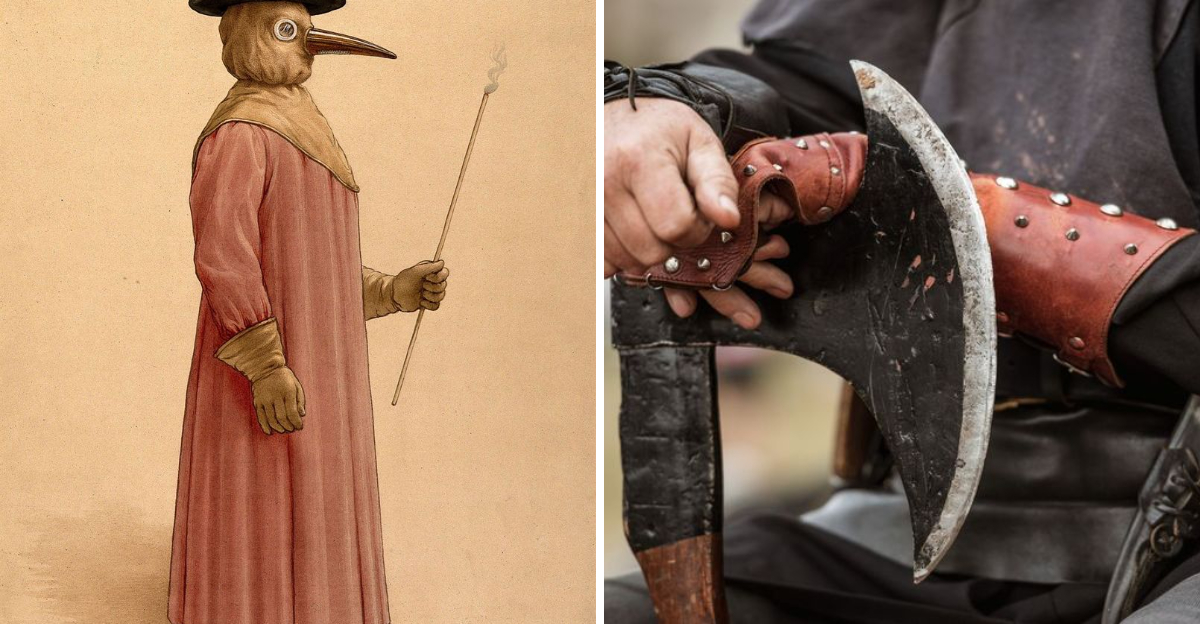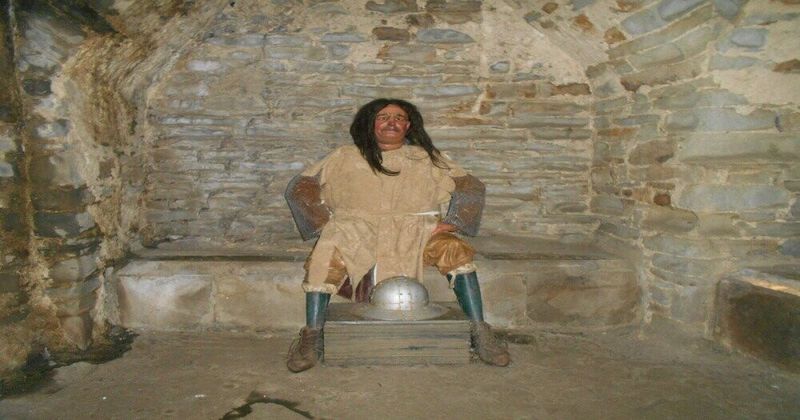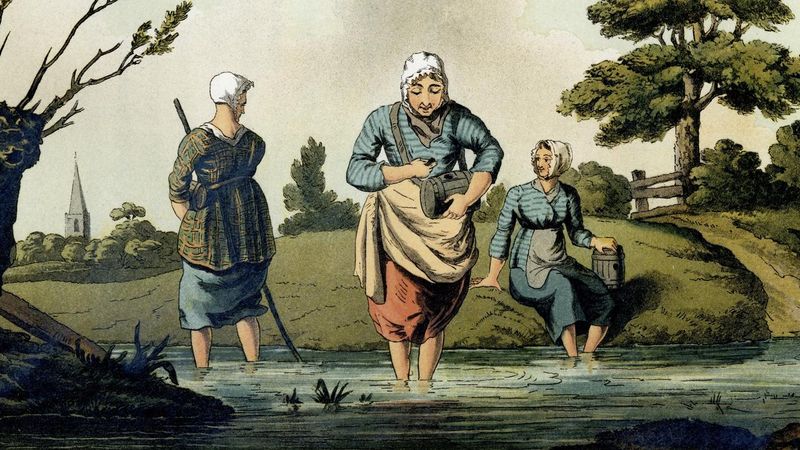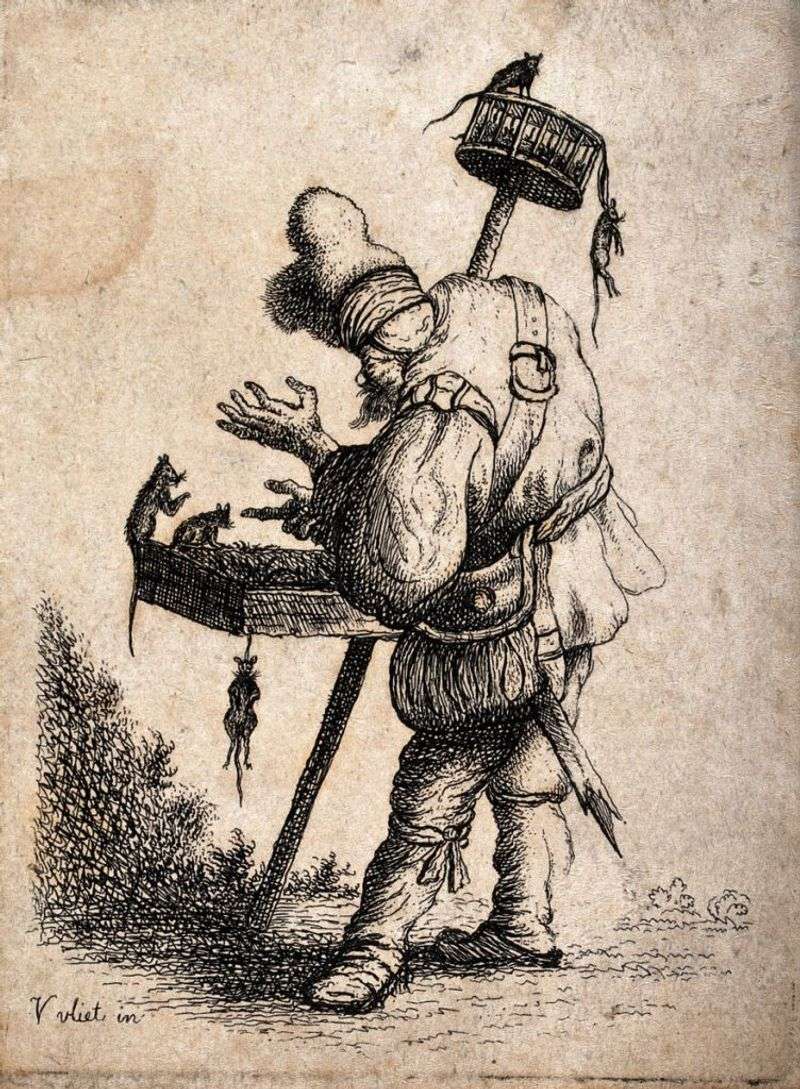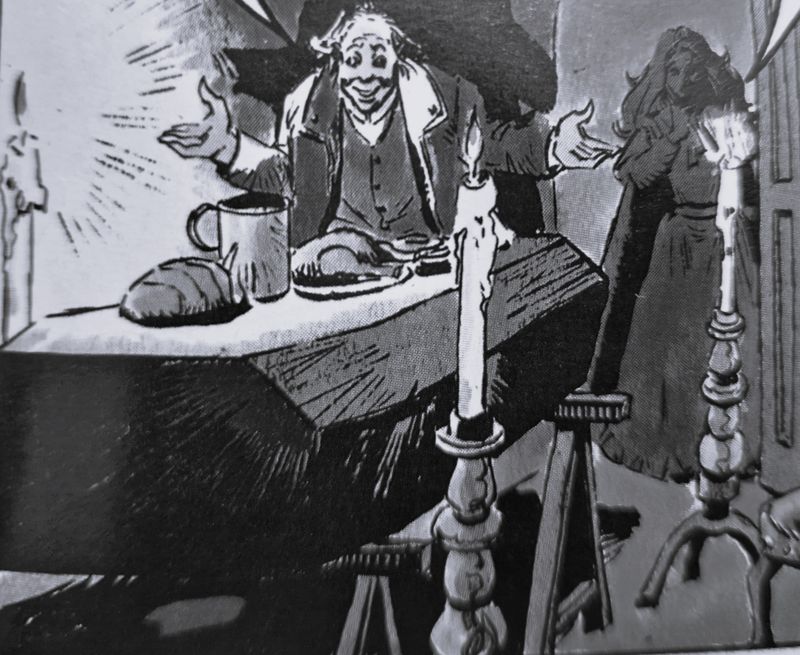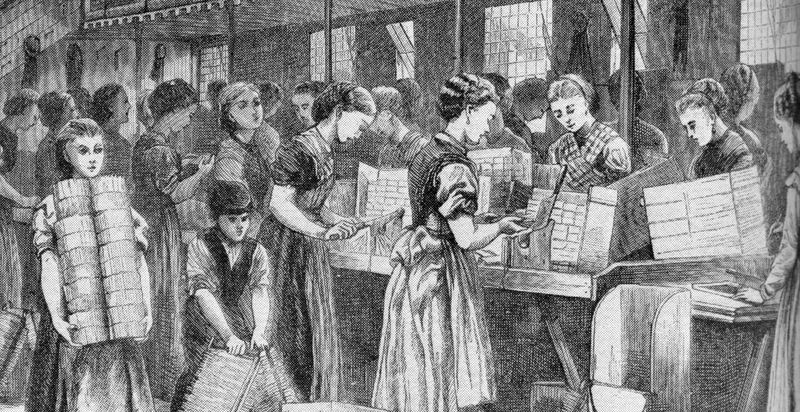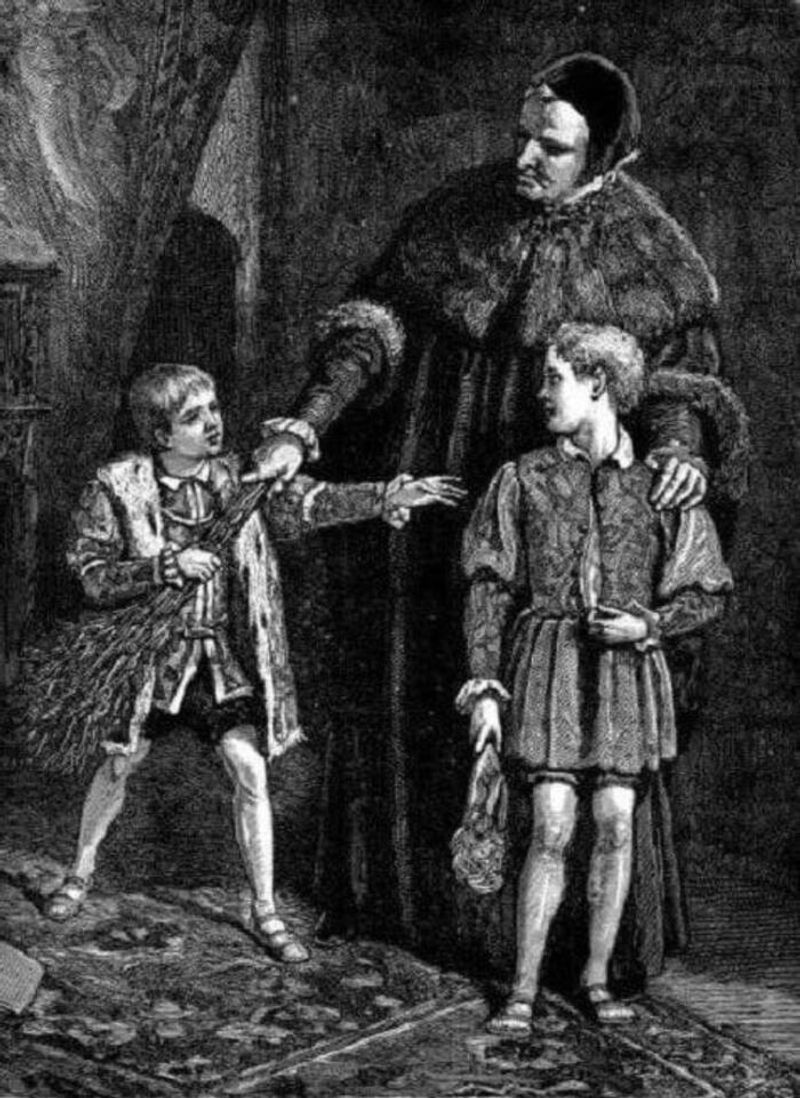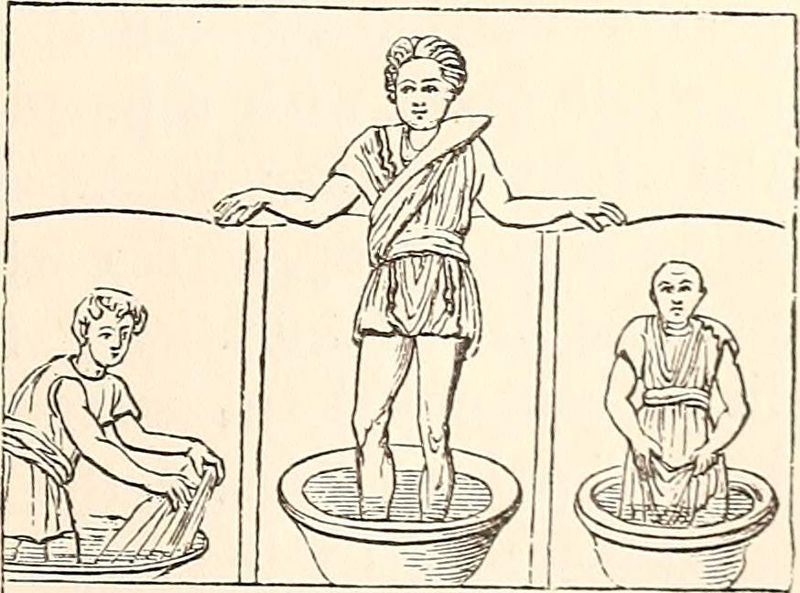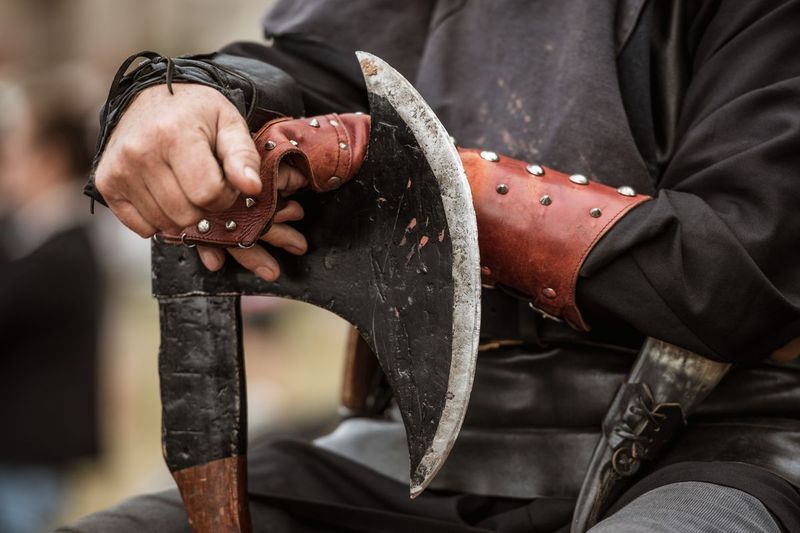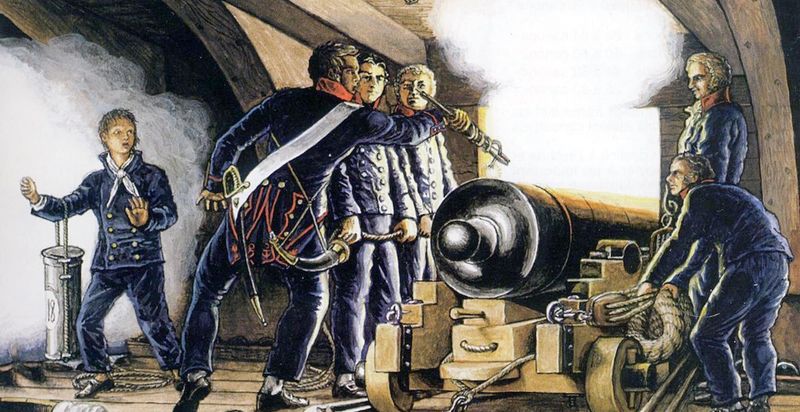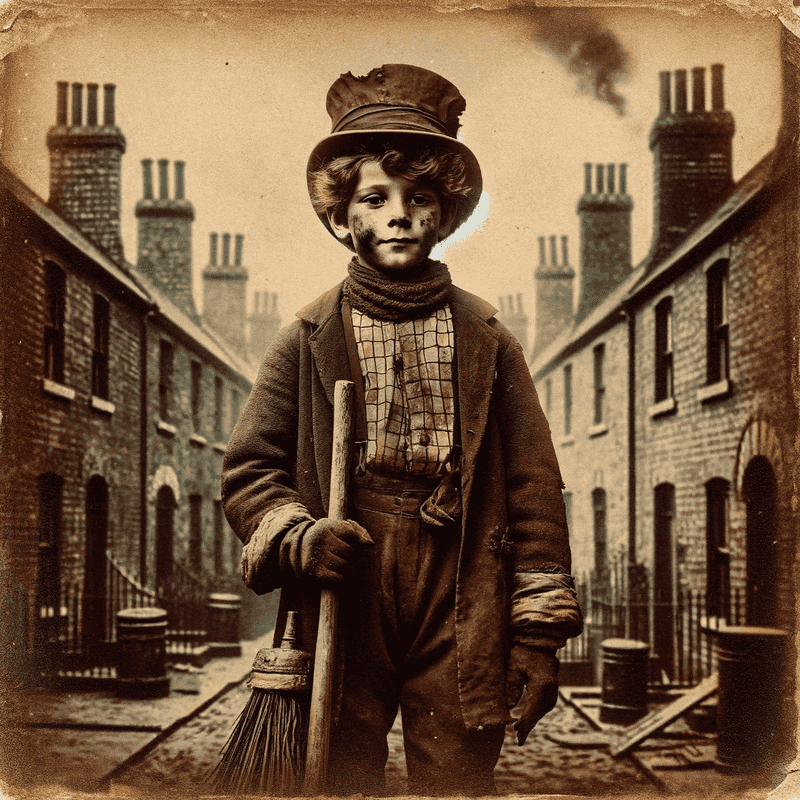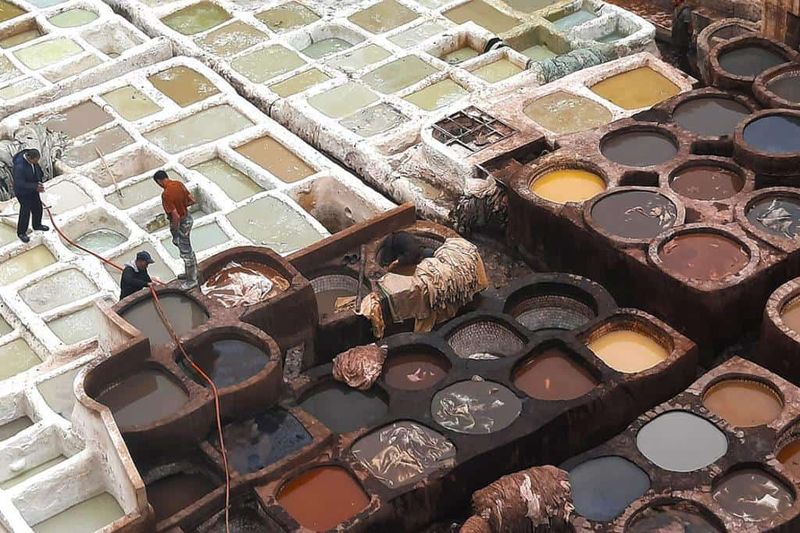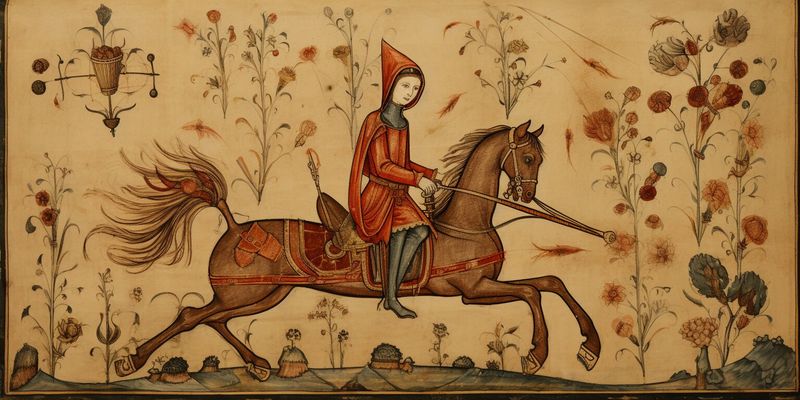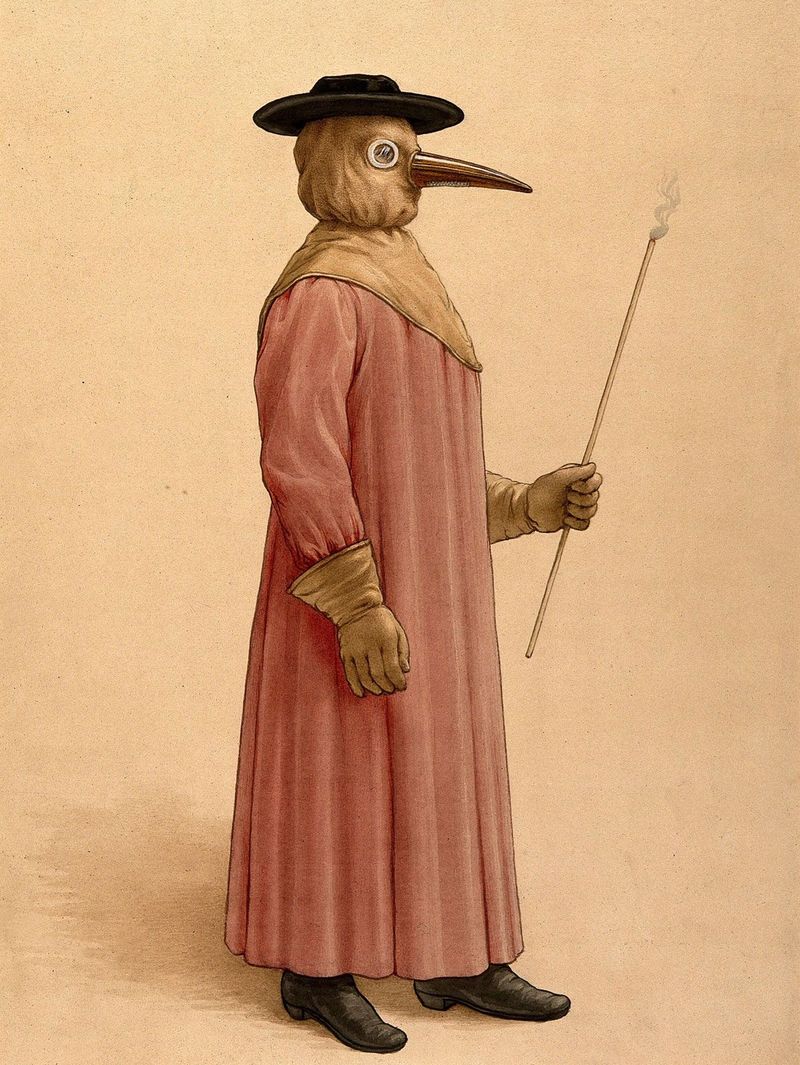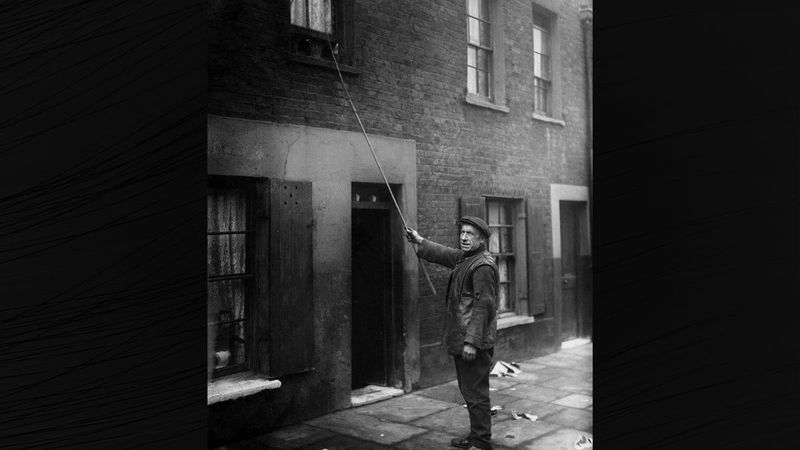Throughout history, people have endured truly awful jobs that make our modern complaints seem trivial. From dangerous conditions to disgusting tasks, these occupations pushed human endurance to its limits. Looking back at these professions gives us a new appreciation for workplace safety and labor rights, while reminding us how far we’ve come from these nightmare careers.
1. Gong Farmer
Knee-deep in human waste, gong farmers of Tudor England manually emptied cesspits and privies under cover of darkness. The stench was so horrific that workers could only operate at night to avoid disturbing the public. These unfortunate souls earned decent wages due to the repulsive nature of their work, but faced serious health risks from toxic gases and disease. Many dulled their senses with alcohol just to make it through their shifts.
2. Leech Collector
Barefoot and brave, leech collectors waded into murky swamps allowing the bloodsucking creatures to attach to their legs. Once the parasites latched on, the collector would pluck them off and store them for medicinal use. The profession flourished during the 19th century when bloodletting was a common medical practice. Collectors risked infection, blood loss, and waterborne diseases with every expedition. Some even developed open sores that never properly healed due to constant exposure.
3. Rat Catcher
Armed with only primitive traps and occasionally trained ferrets, rat catchers hunted disease-carrying rodents throughout medieval European cities. They worked in filthy sewers, garbage dumps, and abandoned buildings where rats thrived. Constantly exposed to bubonic plague and other deadly diseases, many died young. The profession gained notoriety during the Black Death when demand skyrocketed. Some rat catchers supplemented their income by selling rat carcasses to restaurants as “roof rabbit” during meat shortages.
4. Body Snatcher
Cloaked in darkness, these macabre entrepreneurs exhumed freshly buried corpses to sell to medical schools desperate for anatomical specimens. Working with remarkable speed, they could unearth a body in under an hour while evading cemetery guards. The profession emerged in the 18th century when medical education expanded but legal cadaver sources remained scarce. Body snatchers risked imprisonment, violent mobs, and spiritual condemnation. Some became so notorious that families would place metal cages called “mortsafes” over graves to protect their deceased loved ones.
5. Sin-Eater
Summoned to deathbeds and funerals, these social outcasts performed the grim ritual of consuming bread and ale placed on the corpse’s chest. By eating over the body, they symbolically absorbed the deceased’s unconfessed sins, ensuring the dead could enter heaven unburdened. Despite performing what many considered a spiritual service, sin-eaters were feared and shunned by their communities. Often impoverished and desperate, they accepted this stigmatized role for small payments of food or coins, living as pariahs on society’s fringes.
6. Matchstick Maker
Young women and children toiled in Victorian match factories, dipping wooden sticks into white phosphorus paste that glowed eerily in the dark. The toxic fumes permeated their lungs, clothes, and even food during long shifts. Many developed “phossy jaw,” a horrific condition where jawbones literally decayed and glowed in the dark, leading to disfigurement and death. Factory owners often ignored the suffering, hiring replacements as workers fell ill. The matchgirls’ strike of 1888 finally brought attention to these appalling conditions.
7. Royal Whipping Boy
Raised alongside princes but born to lesser nobility, these unfortunate boys received physical punishment intended for their royal companions. Based on the belief that no one could strike a future king, whipping boys were beaten for the prince’s misdeeds while the royal watched. The psychological torment often exceeded the physical pain. Many developed complex relationships with their princely counterparts, sometimes becoming trusted advisors in adulthood. Charles I’s whipping boy reportedly received lands and titles as compensation for years of undeserved suffering.
8. Fuller
Stomping barefoot in vats of stale urine might be the least appealing job description in history. Ancient Roman fullers used this ammonia-rich liquid to clean woolen garments and remove oils, trampling clothes for hours while breathing noxious fumes. Fullers collected urine from public restrooms and even encouraged passersby to urinate directly into their collection vessels. The stench clung to workers permanently, making them social pariahs despite providing an essential service. Emperor Vespasian famously taxed urine collection, declaring “money doesn’t stink” when criticized.
9. Professional Executioner
Masked and mysterious, executioners dispensed final justice through beheadings, hangings, and various forms of torture. Despite their official role enforcing the law, these death-dealers lived as despised outcasts, often forbidden from entering churches or touching food in markets. Many executioner positions became hereditary, with skills passed from father to son since few would voluntarily choose this profession. Some supplemented their income by selling pieces of the execution rope or bits of the deceased’s clothing, which were believed to have magical healing properties.
10. Powder Monkey
Small hands and quick feet made children as young as seven perfect for the deadly job of carrying gunpowder during naval battles. These “powder monkeys” sprinted between ammunition storage and cannon crews while splinters, enemy fire, and explosions threatened them constantly. Many were orphans or from desperately poor families who had few other options. The mortality rate was staggering during major sea battles. Those who survived often suffered hearing loss and burns, with little recognition for their sacrifice in keeping the ships’ guns firing.
11. Victorian Chimney Sweep
Barely bigger than the flues they cleaned, child chimney sweeps were forced up narrow, scorching passages to scrape away soot and creosote. Many became stuck, suffocated, or sustained severe burns while masters waited below, sometimes lighting fires to “encourage” faster work. These children, often sold by desperate parents or taken from orphanages, developed horrific medical conditions. “Chimney sweep’s cancer” affected their genitals due to carcinogenic soot trapped in skin folds, while their growth was stunted from malnutrition and confined spaces. Most died before reaching adulthood.
12. Leather Tanner
Surrounded by rotting flesh and caustic chemicals, tanners transformed raw animal hides into leather using the most revolting ingredients imaginable. Workers soaked skins in vats of dog feces, pigeon droppings, and human urine for weeks to soften the materials. The stench was so overwhelming that tanneries were banished to city outskirts. Many tanners lost their sense of smell entirely after years in the trade. Despite their crucial role providing leather for everything from shoes to armor, tanners lived as social outcasts, often forbidden from marrying into respectable families.
13. Medieval Messenger
Messengers galloped through war zones, bandit-infested forests, and enemy territories carrying vital communications. Unlike modern couriers, these brave souls often delivered news of defeats, tax increases, or declarations of war – making them targets for violent retribution from recipients. The phrase “don’t kill the messenger” originated from the very real danger these workers faced. Many were tortured for information or executed as examples. Despite traveling light and using the fastest horses available, messengers frequently met grisly ends far from home, their bodies left unburied as warnings to others.
14. Plague Doctor
Behind their iconic beaked masks filled with aromatic herbs, plague doctors faced almost certain death attending to Black Death victims. These physicians had minimal training and even less protection from the deadly disease they barely understood. Their bizarre costume – featuring leather robes, gloves, and glass eye coverings – provided little actual protection. Many resorted to bloodletting and other harmful treatments that hastened patients’ deaths. Communities desperately offered huge salaries to anyone willing to take this role, as most qualified doctors fled infected areas.
15. Knocker-Upper
Before alarm clocks became affordable, industrial workers relied on human alarm clocks called knocker-uppers. These early risers used long poles to tap on bedroom windows, ensuring factory workers wouldn’t oversleep and lose their jobs. Working through all weather conditions before dawn, knocker-uppers earned pennies per client. Many were elderly or needed supplemental income. The profession created an amusing paradox: who woke the knocker-upper? Most professionals developed incredibly accurate internal clocks after years of pre-dawn work, continuing until the 1950s in some industrial areas.
